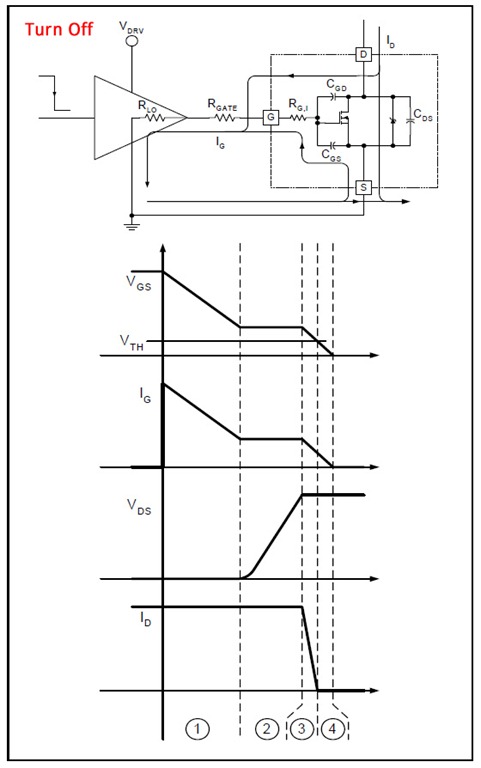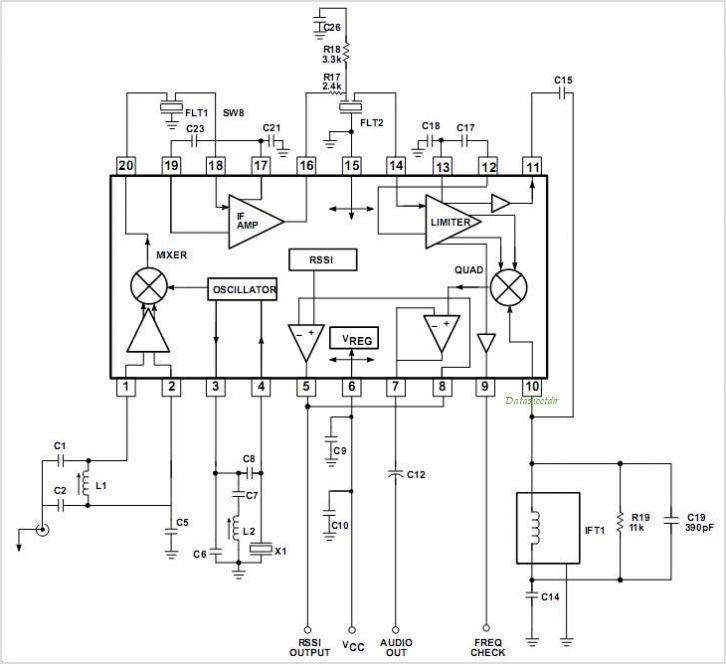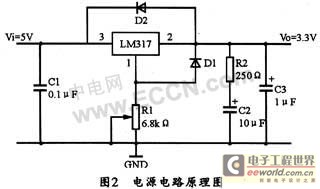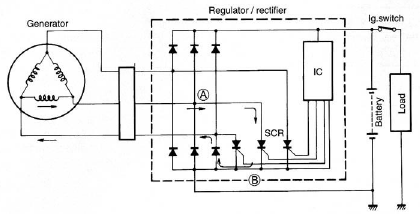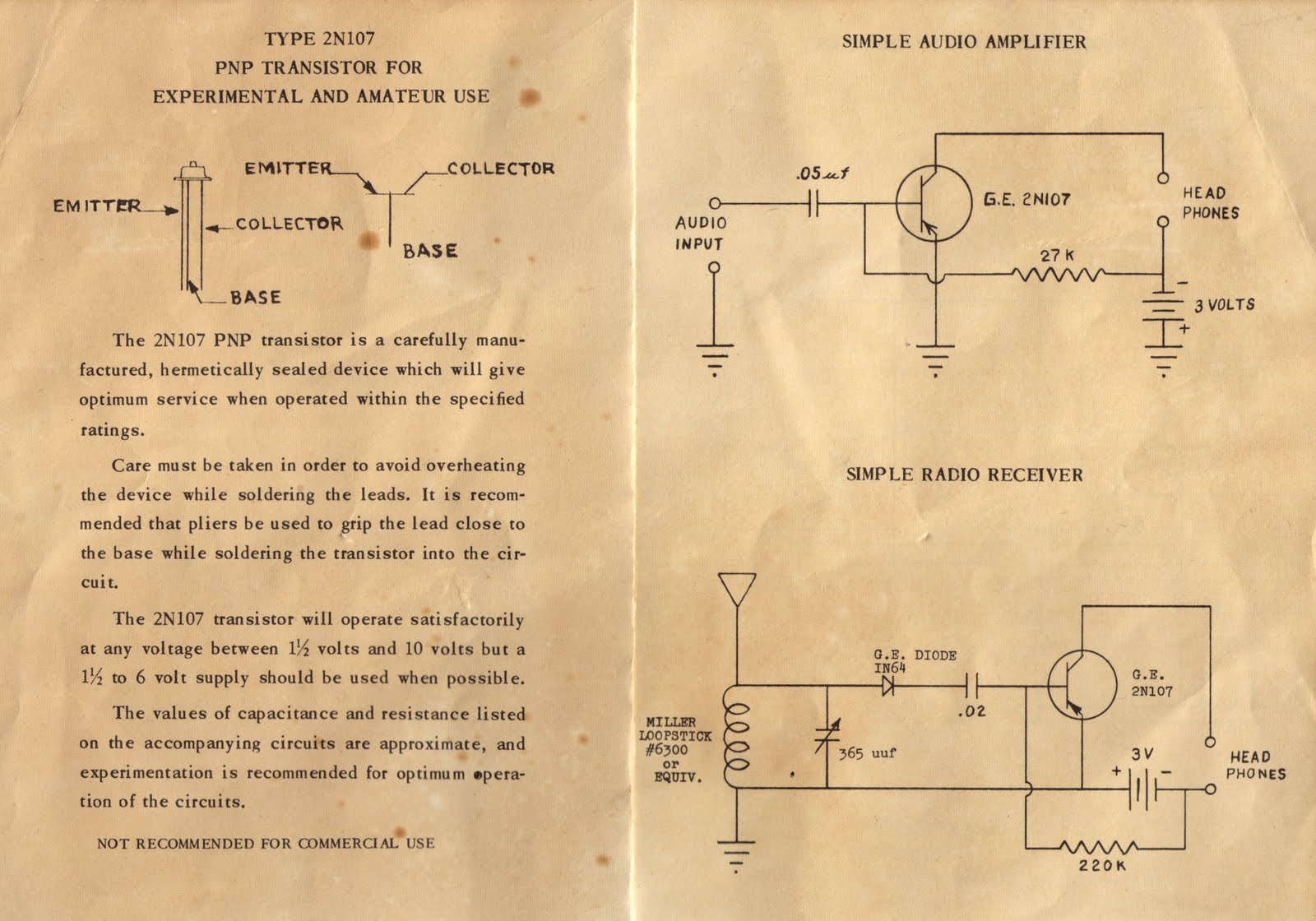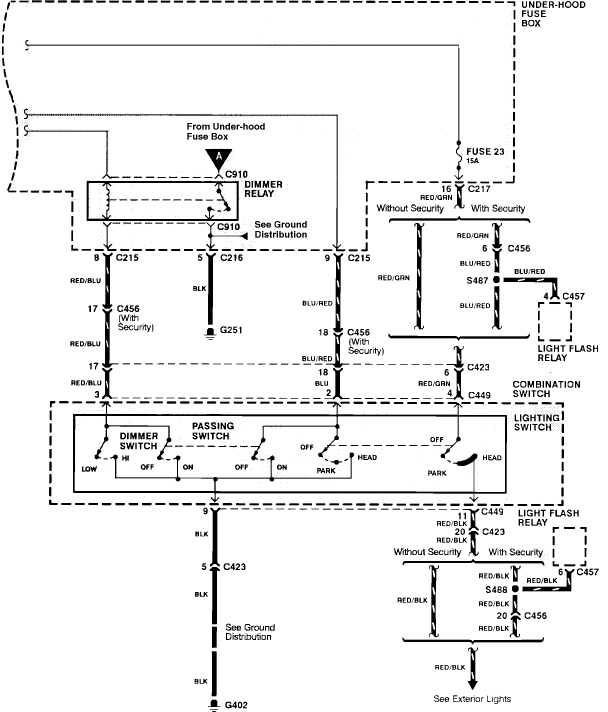
2011 Rife Beam Ray System

This document describes a Rife Beam-Ray system designed and constructed using the latest information available about Royal Rife's actual frequencies. The system employs a novel method for generating the proper modulation frequency for the 3.1 MHz carrier and outlines the design and operation of the control circuit logic required for this purpose. It details a method of coupling the RF power amplifier to the Rife Tube, eliminating the commonly used antenna tuner. Schematics and construction data are also provided. Since 1997, various types of Rife Beam-Ray systems have been constructed. Earlier versions operated on the Bare-Rife principle, where a 27 MHz carrier was square-wave modulated by a series of audio frequency signals. After reviewing current data from numerous researchers and experimenters, a system was constructed to incorporate the latest frequency findings, along with some new concepts aimed at simplifying construction and operation for less technically skilled individuals. The initial task involved determining the most useful carrier and modulation frequencies. The system must perform several interrelated operations to be effective. It must generate the correct Rife frequencies by using a 3.1 MHz carrier combined with a separate square wave modulation frequency ranging from 25,000 Hz to 500 Hz. Additionally, the system must effectively deliver these frequencies into a biological system using a Rife Beam-Ray tube, which can be a Phanatron or a straight tube with or without internal electrodes. For this system, a Phanatron tube was selected. The design follows a similar structure but includes modifications for ease of operation. A complex and costly audio/function generator is replaced with a simple frequency that smoothly sweeps from 25,000 Hz to 500 Hz over approximately four hours, or another duration as set by the operator. This sweep frequency can be produced using a common CD or DVD player or an inexpensive computer with a sound card, playing back audio files generated by various free programs available online. If the audio files are burned onto a CD, they can be conveniently played using a CD or DVD player, significantly reducing the cost of acquiring a precision programmable audio oscillator, although such an oscillator may still be utilized if desired. Instead of a modified CB radio, a precision 3.1 MHz crystal-controlled oscillator module generates the required carrier frequency, which is then modulated by a square wave from the sweep frequency. This modulation results in a series of square wave bursts of 3.1 MHz energy sent to an RF amplifier. After boosting the modulated signal to the necessary power level of 50 to 300 watts, depending on the Rife tube requirements, the amplified signal passes through a matching network before reaching the Rife tube. Since the 3.1 MHz carrier signal falls between the Amateur Radio 160 Meter and 80 Meter frequency bands, a standard Amateur Radio RF power amplifier can be used to amplify the signal to the required power level. Typically, a commercially available antenna tuner matches the output of the RF power amplifier to the Rife tube; however, a simpler matching system has been designed to reduce coupling losses.
The Rife Beam-Ray system operates on the principles of frequency modulation and bioelectromagnetic therapy, utilizing specific frequencies that are theorized to resonate with biological systems. The control circuit logic is critical for ensuring that the modulation is accurately applied to the carrier frequency, thus allowing for effective transmission of the Rife frequencies. The choice of a Phanatron tube is significant due to its historical association with Rife's original experiments, providing a suitable medium for the application of the generated frequencies.
In the construction of the system, careful attention must be paid to the design of the matching network, which is essential for maximizing the transfer of energy from the RF amplifier to the Rife tube. This network is typically composed of reactive components such as capacitors and inductors, configured to match the impedance of the Rife tube, thereby minimizing reflections and losses. The implementation of a precision crystal-controlled oscillator ensures frequency stability, which is crucial for the efficacy of the therapy being administered.
The use of common consumer electronics, such as CD players or computers with sound cards, for generating the modulation frequencies is a notable aspect of the design. This approach not only reduces costs but also enhances accessibility for users who may not have advanced technical skills. The audio files used for the frequency sweep can be easily created or sourced from existing libraries, allowing for flexibility in the modulation parameters.
Overall, the Rife Beam-Ray system represents a fusion of historical principles and modern technology, aiming to provide an effective tool for exploring the potential benefits of frequency-based therapy in a user-friendly format. The detailed schematics and construction data serve as a valuable resource for individuals interested in building their own systems, promoting further exploration and experimentation in the field of bioelectromagnetic therapy.This document describes a Rife Beam-Ray system which was designed and constructed using the latest information available about Royal Rife`s actual frequencies. This system uses a novel method of generating the proper modulation frequency for the 3. 1 MHz carrier, and describes the design and operation of the control circuit logic required for that purpose. A method of coupling the power RF amplifier to the Rife Tube that eliminates the commonly used antenna tuner is described. Schematics and construction data are also provided. Since 1997 I have constructed several different types of Rife Beam-Ray systems. The earlier versions operated on the Bare-Rife principle, where a 27 MHz carrier was square-wave modulated by a sequential series of audio frequency signals.
After reviewing the currently available data from many researchers and experimenters, I decided to construct a system which would incorporate the latest frequency data findings as well as some of my own ideas which would allow me to simplify the construction and operation of the system, and make it easier for less technically skilled persons to assemble such a system. The first task was to determine exactly which carrier and modulation frequencies would likely be the most useful.
Please refer to the following documents that are located on the web site, . The pertinent documents are: for the how any why of it all. This page allows you to read each chapter on-line. If you prefer, the entire document may be downloaded as a large PDF file at:. The system has to perform several interrelated operations to be useful. First, it must be capable of generating the correct Rife frequencies. By using a 3. 1 MHz carrier combined with a separate 25, 000 to 500 Hz square wave modulation frequency, the correct frequencies may be generated. Second, the system must be able to get the frequencies into the biological system. This is done by using a Rife Beam-Ray tube, which may be either a Phanatron as Rife used, or a straight tube, with or without internal electrodes.
I decided to use a Phanatron tube for this system. This system follow much the same design, but with a few modifications to make it easier to operate. The often complex and expensive audio/function generator is replaced by a simple frequency which smoothly sweeps from 25, 000 Hz down to 500 Hz over a period of roughly four hours, or some other time period as set by the operator. To produce this sweep frequency, a common CD or DVD player or an inexpensive computer with a sound card may be used.
These devices simply play back a series of audio files generated by any of a number of programs that are freely available on the Internet. If the audio files are "burned" to a CD, they may be conveniently played back using a CD or DVD player.
This greatly reduces the expense of purchasing a precision programmable audio oscillator, although such may be used if desired. Instead of a modified CB radio, a precision 3. 1 MHz crystal controlled oscillator module is used to generate the required carrier frequency. This carrier frequency is then modulated by a square wave that is generated from the sweep frequency.
The result of this modulation is a series of square wave bursts of 3. 1 MHz energy which is then sent to an RF amplifier. After the modulated signal is boosted to the required power level, 50 to 300 watts, depending on the requirements of the Rife tube, the amplified signal passes through a matching network and then on to the Rife tube. Because the 3. 1 MHz carrier signal is between the Amateur Radio 160 Meter and 80 Meter frequency bands, a standard Amateur Radio RF power amplifier may be used to amplify the 3.
1 MHz signal up to the power level required by the Rife tube. Usually, a commercially available antenna tuner is used to match the output of the RF power amplifier to the Rife tube, but I have designed a simpler matching system that reduces coupling losses, lower 🔗 External reference
The Rife Beam-Ray system operates on the principles of frequency modulation and bioelectromagnetic therapy, utilizing specific frequencies that are theorized to resonate with biological systems. The control circuit logic is critical for ensuring that the modulation is accurately applied to the carrier frequency, thus allowing for effective transmission of the Rife frequencies. The choice of a Phanatron tube is significant due to its historical association with Rife's original experiments, providing a suitable medium for the application of the generated frequencies.
In the construction of the system, careful attention must be paid to the design of the matching network, which is essential for maximizing the transfer of energy from the RF amplifier to the Rife tube. This network is typically composed of reactive components such as capacitors and inductors, configured to match the impedance of the Rife tube, thereby minimizing reflections and losses. The implementation of a precision crystal-controlled oscillator ensures frequency stability, which is crucial for the efficacy of the therapy being administered.
The use of common consumer electronics, such as CD players or computers with sound cards, for generating the modulation frequencies is a notable aspect of the design. This approach not only reduces costs but also enhances accessibility for users who may not have advanced technical skills. The audio files used for the frequency sweep can be easily created or sourced from existing libraries, allowing for flexibility in the modulation parameters.
Overall, the Rife Beam-Ray system represents a fusion of historical principles and modern technology, aiming to provide an effective tool for exploring the potential benefits of frequency-based therapy in a user-friendly format. The detailed schematics and construction data serve as a valuable resource for individuals interested in building their own systems, promoting further exploration and experimentation in the field of bioelectromagnetic therapy.This document describes a Rife Beam-Ray system which was designed and constructed using the latest information available about Royal Rife`s actual frequencies. This system uses a novel method of generating the proper modulation frequency for the 3. 1 MHz carrier, and describes the design and operation of the control circuit logic required for that purpose. A method of coupling the power RF amplifier to the Rife Tube that eliminates the commonly used antenna tuner is described. Schematics and construction data are also provided. Since 1997 I have constructed several different types of Rife Beam-Ray systems. The earlier versions operated on the Bare-Rife principle, where a 27 MHz carrier was square-wave modulated by a sequential series of audio frequency signals.
After reviewing the currently available data from many researchers and experimenters, I decided to construct a system which would incorporate the latest frequency data findings as well as some of my own ideas which would allow me to simplify the construction and operation of the system, and make it easier for less technically skilled persons to assemble such a system. The first task was to determine exactly which carrier and modulation frequencies would likely be the most useful.
Please refer to the following documents that are located on the web site, . The pertinent documents are: for the how any why of it all. This page allows you to read each chapter on-line. If you prefer, the entire document may be downloaded as a large PDF file at:. The system has to perform several interrelated operations to be useful. First, it must be capable of generating the correct Rife frequencies. By using a 3. 1 MHz carrier combined with a separate 25, 000 to 500 Hz square wave modulation frequency, the correct frequencies may be generated. Second, the system must be able to get the frequencies into the biological system. This is done by using a Rife Beam-Ray tube, which may be either a Phanatron as Rife used, or a straight tube, with or without internal electrodes.
I decided to use a Phanatron tube for this system. This system follow much the same design, but with a few modifications to make it easier to operate. The often complex and expensive audio/function generator is replaced by a simple frequency which smoothly sweeps from 25, 000 Hz down to 500 Hz over a period of roughly four hours, or some other time period as set by the operator. To produce this sweep frequency, a common CD or DVD player or an inexpensive computer with a sound card may be used.
These devices simply play back a series of audio files generated by any of a number of programs that are freely available on the Internet. If the audio files are "burned" to a CD, they may be conveniently played back using a CD or DVD player.
This greatly reduces the expense of purchasing a precision programmable audio oscillator, although such may be used if desired. Instead of a modified CB radio, a precision 3. 1 MHz crystal controlled oscillator module is used to generate the required carrier frequency. This carrier frequency is then modulated by a square wave that is generated from the sweep frequency.
The result of this modulation is a series of square wave bursts of 3. 1 MHz energy which is then sent to an RF amplifier. After the modulated signal is boosted to the required power level, 50 to 300 watts, depending on the requirements of the Rife tube, the amplified signal passes through a matching network and then on to the Rife tube. Because the 3. 1 MHz carrier signal is between the Amateur Radio 160 Meter and 80 Meter frequency bands, a standard Amateur Radio RF power amplifier may be used to amplify the 3.
1 MHz signal up to the power level required by the Rife tube. Usually, a commercially available antenna tuner is used to match the output of the RF power amplifier to the Rife tube, but I have designed a simpler matching system that reduces coupling losses, lower 🔗 External reference
Warning: include(partials/cookie-banner.php): Failed to open stream: Permission denied in /var/www/html/nextgr/view-circuit.php on line 713
Warning: include(): Failed opening 'partials/cookie-banner.php' for inclusion (include_path='.:/usr/share/php') in /var/www/html/nextgr/view-circuit.php on line 713
